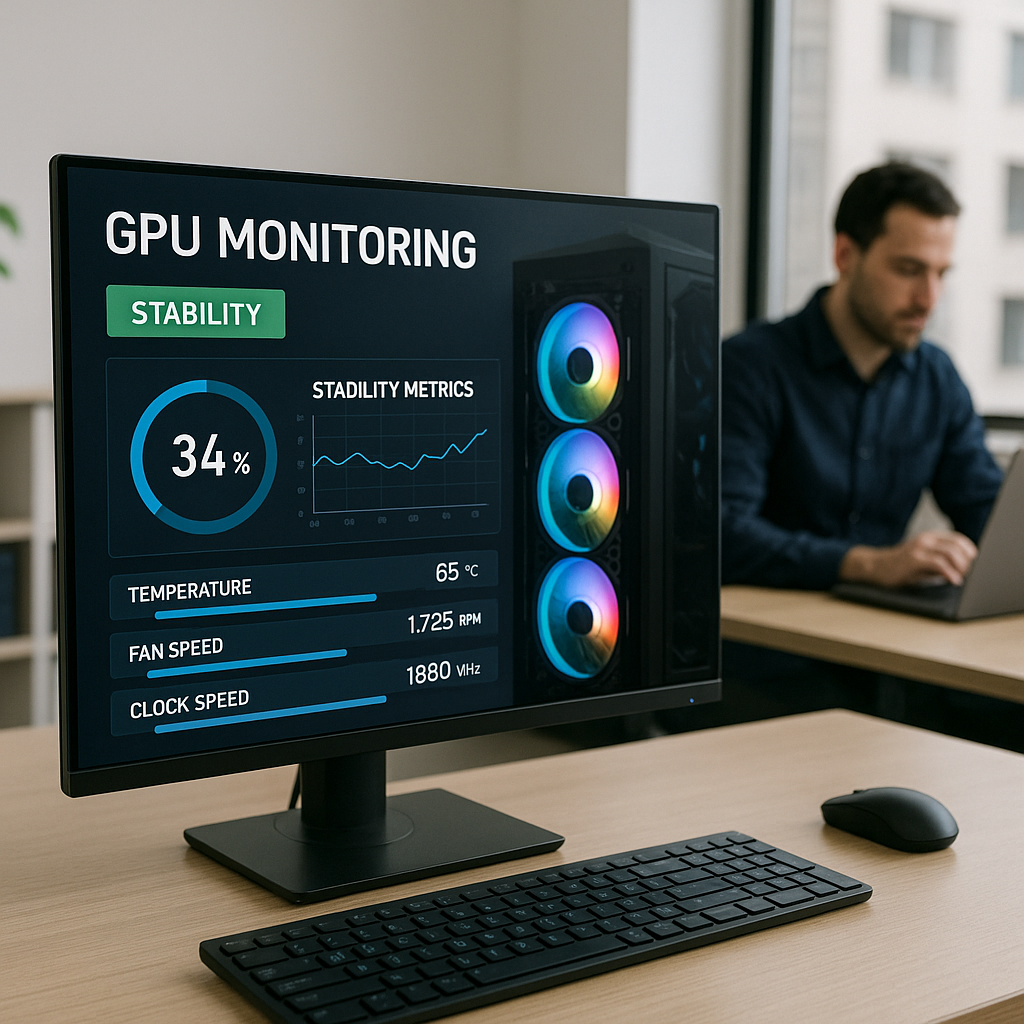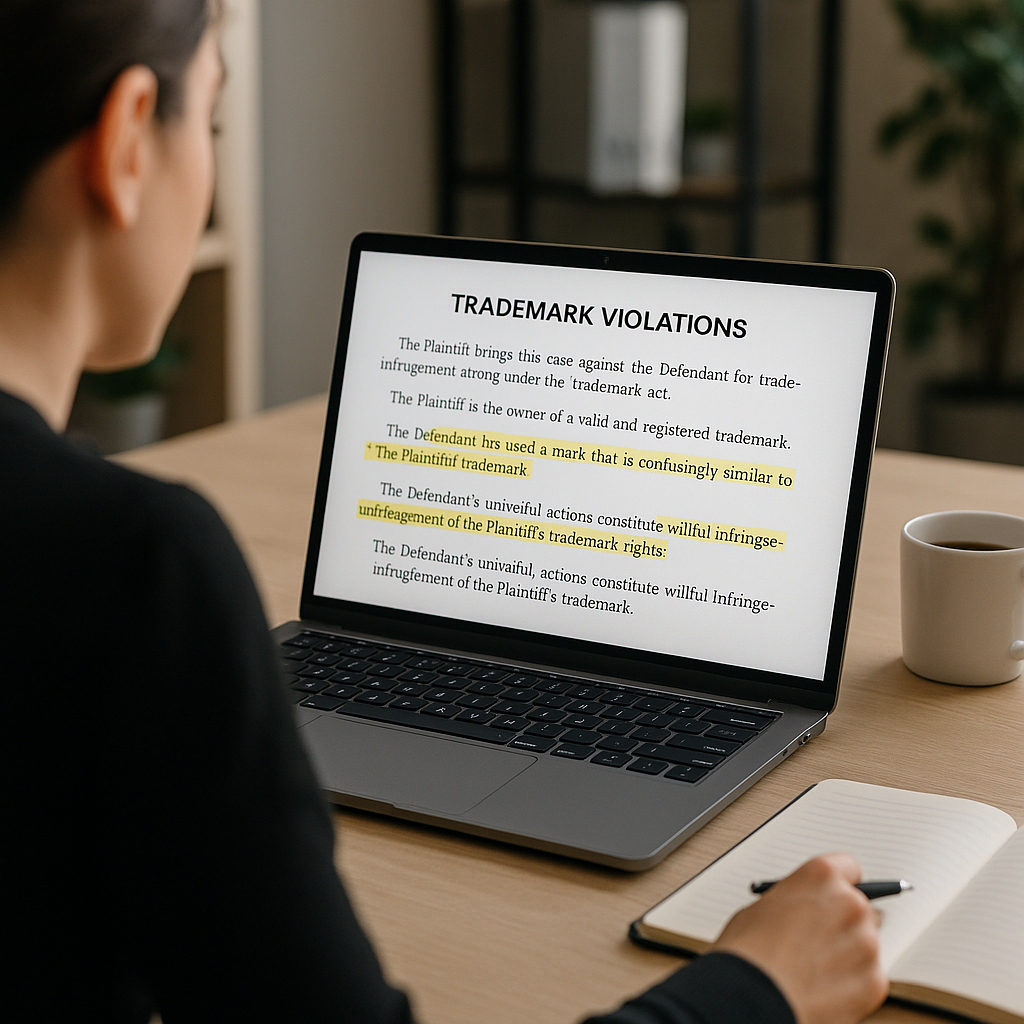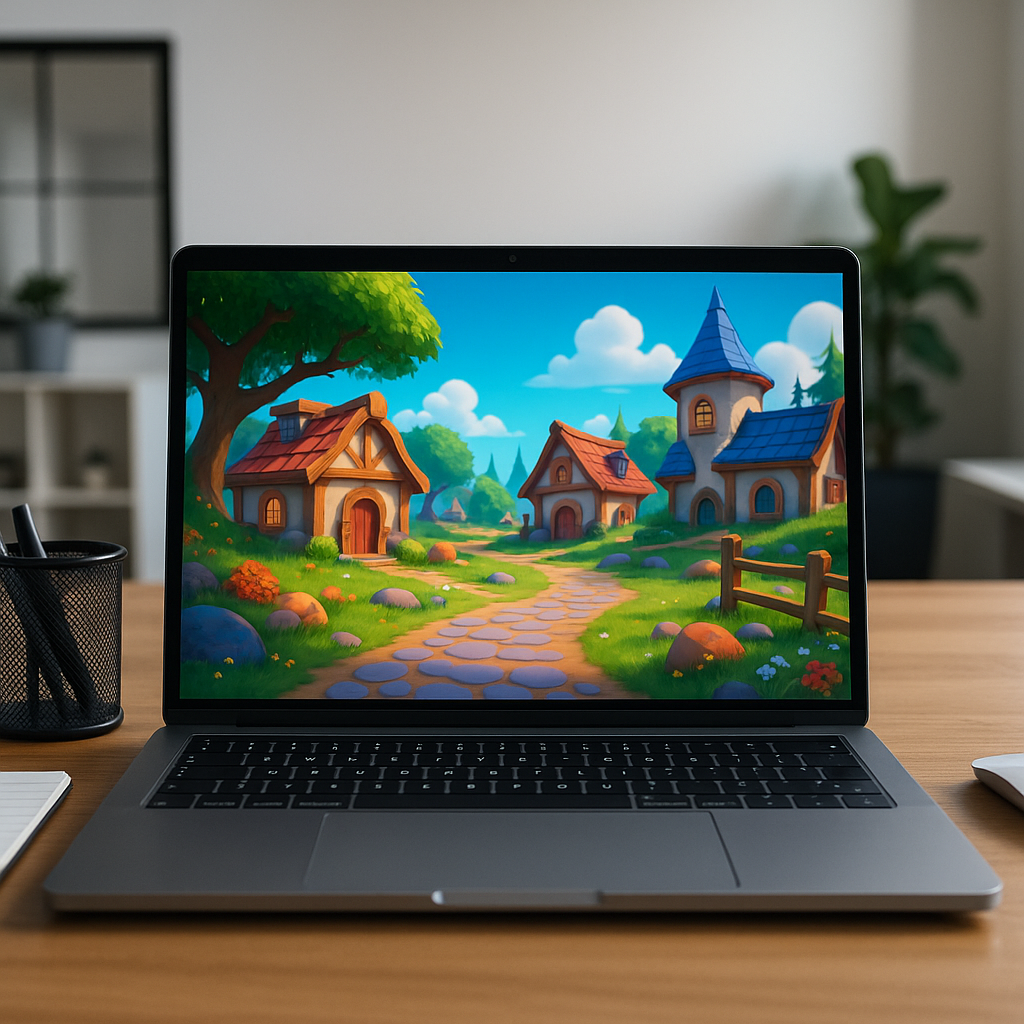# The Importance of Keeping Your GPU in Check: A Look at ASUS’s Innovative Yet Fleeting Tech
As we dive deeper into the world of high-performance gaming and intensive graphics processing, the hardware that powers these experiences gets heavier, more advanced, and, unfortunately, more prone to physical issues. One such concern for PC enthusiasts and gamers alike has been GPU sag — the situation where a heavy graphics card leans downward due to its weight, potentially damaging the motherboard or PCIe slot. Recently, ASUS introduced a fascinating feature to its ROG Astral 50-series GPUs aimed at detecting this issue, but quickly removed it from their software. Let’s unpack what this means for gamers and how to proactively tackle GPU sagging issues.
## Understanding the Consequences of GPU Sag
Heavy GPUs like the NVIDIA RTX 4090 or 5090 can weigh several pounds, exerting significant pressure on the mounting points on your motherboard. Over time, this can lead to detrimental effects:
– **Physical Damage**: A sagging GPU can detach from the PCIe slot, potentially damaging the slot itself or other components on the motherboard.
– **Reduced Performance**: If a GPU is not properly aligned, it may lead to overheating, reduced airflow, or even hinder its performance during intense gaming sessions.
– **Long-Term Wear and Tear**: Continuous stress on the mounting points can cause long-term damage to the motherboard, necessitating costly repairs or replacements.
Having experienced the frustration of a malfunctioning GPU due to sagging, I can tell you that prevention is far better than dealing with a hardware issue when you’re in the middle of an intense gaming session!
## The Rise and Fall of ASUS’s Equipment Installation Check
ASUS initially introduced the “Equipment Installation Check” feature within its GPU Tweak III software in January, allowing users to monitor the angle of their installed GPU and receive alerts if it tilted beyond a set threshold. This was a welcome innovation for many; however, the feature was mysteriously absent in the latest updates as of mid-April, causing confusion among users who reported false readings.
This rollercoaster of a feature ultimately calls to mind an age-old truth in technology: not every advancement comes without its hurdles. Both ASUS and their user base seemed to be learning in real-time about the challenges of monitoring such a complex issue.
### DIY Solutions to Prevent GPU Sag
While hardware manufacturers like ASUS work out the kinks in their offerings, it’s essential for PC builders to be proactive about GPU sag. Here are a few practical solutions:
1. **Use a GPU Support Bracket**: Investing in a GPU brace can support the weight of your graphics card and keep it level, thus avoiding any undue stress on your motherboard.
2. **Vertical GPU Mounts**: If your case design permits, consider a vertical GPU mount. This not only supports the GPU but also offers a unique aesthetic to your setup.
3. **Reinforce the PCIe Slot**: If you’re savvy with tools, consider using support pads or additional screws to reinforce the PCIe slot’s connection to the GPU.
4. **Good Case Design**: Choose a PC case that’s designed with GPU support in mind, ensuring that it can accommodate the weight of modern GPUs without sagging.
By employing these strategies, I’ve successfully maintained the integrity of my gaming rig, allowing me to focus on enjoying my favorite titles rather than worrying about hardware issues.
### Why Monitoring Your GPU’s Position Matters
The removal of ASUS’s feature underscores the necessity of finding effective ways to keep tabs on the placement of a GPU. Regular monitoring can prevent damage and optimize the lifespan and performance of your gaming rig. With many gamers unaware of the potential consequences of GPU sag, it’s vital to highlight how even minor adjustments to your setup can significantly enhance performance and prolong hardware life.
## Conclusion: Stay Ahead of the Curve with GPU Management
Taking care of your components is an essential part of modern PC gaming and building. As we navigate challenges like GPU sagging, it’s clear that the industry is evolving, and solutions will become more refined over time. While ASUS’s innovative feature was met with its own challenges, it’s only one of many steps being taken to address the issue of sagging GPUs.
At Best Choice, we understand the importance of maintaining and optimizing your gaming setup. If you’re facing challenges related to GPU sag or any other hardware concerns, don’t hesitate to reach out! Our team of IT specialists is here to provide you with tailored solutions to keep your gaming experience smooth and enjoyable.





